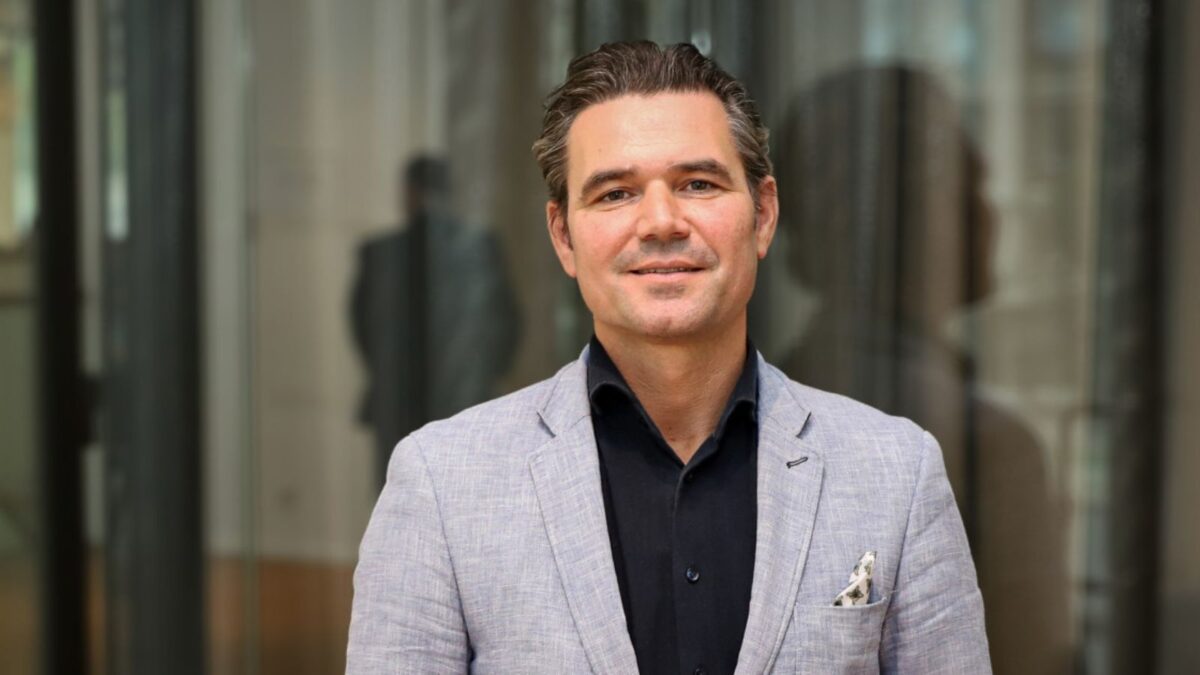Bursting expectations: why bubbles don’t always end in a market rout
Big market crashes are usually preceded by price run-ups and expensive valuations, but it would be a mistake to assume that a bubble always leads to a crash, according to Robeco.
In a new report, Robeco says of the 51 US stock market bubbles it identified across various sectors since 1926 only about half follow the familiar trajectory into a flame-out.
“Classic bubbles are irrational by nature, as typically investors optimistically overestimate future earnings growth or simply buy assets due to a fear of missing out,” the report says. “These are often followed by a substantial price correction when it becomes clear that the fundamentals of the asset do not correspond to its price. These are the bursting bubbles.”
But there are other bubble varieties: the ‘buzzing kind’.
“Some people would not call these bubbles, because the strong price increases, high valuations, and exuberance are largely justified,” the Robeco study says.
Since January 2023 the Mag Seven stocks have more than doubled on the back of artificial intelligence enthusiasm, meeting at least one of the Robeco bubble criteria.
“The same stocks also outperformed the rest of the US stock market with about 80 per cent, adding to the evidence for a bubble, even though it is still below the 100 per cent threshold that we used (to identify historical bubbles),” the report says.
Previous ‘bursting’ bubbles, however, typically hit two-year average value expansions of almost 200 per cent before imploding. Furthermore, by other measures the US tech sector today “is on the expensive side, but not exceptionally expensive”.
“… while there are definitely signs that we are currently in a bubble with an increased risk of a sell-off in the medium term, it is by no means a certainty that we are in a bursting bubble when it comes to technology stocks,” Robeco says.
Despite the ongoing buzz potential for the technology stocks, the Dutch quant shop is less bullish about the prospects of US share market outperformance over the coming five-year period.
“The largest opportunities in the next five years from a risk-reward perspective may not be centred around US equity markets,” the report says. “… we stay sceptical about the continuity of US equity market exceptionalism, expecting a below-steady-state return for US equities.”
In fact, Robeco found the risk premiums across all asset classes it covers fell year-on-year with only emerging market debt (in local currency terms) improving by 0.25 per cent.
“This broad decline is mainly driven by our upgrade of the risk-free rate,” the report notes. “For the first time in the history of this publication our cash return projection now equals our steady-state return for a euro-based investor at 3.5 per cent, while having been consistently below its steady state in the last decade.”
Robeco says cash might not be king over the next few years but with interest rates set to remain high versus the recent past – and possibly rising again in the latter half of this decade – other asset classes will have to compete harder for the crown.
“As the opportunity costs of holding cash are lower than in previous years, holding cash for buying opportunities that might arise in risky assets is reasonable,” the study says.
The 14th edition of the annual Robeco asset class five-year return forecasts also includes a look back at its success rate in predicting future returns for the first time.
While the quant-based efforts were occasionally close to real-life outcomes – best guess was the five-year return for emerging market debt over 2015-19 of 3.5 per cent (actual: 3.52 per cent), the data generally confirms the difficulty involved in financial forecasting.
“Even though it is interesting to compare predictions with the actual outcome, the value added by forecasting returns for an investor can best be judged in practical terms, such as the performance of a dynamic asset allocation that is based on the predictions relative to a static benchmark,” the report says. “For this, it is more important to correctly predict the direction and the relative returns of asset classes than their absolute returns.”
Peter van der Welle and Laurens Swinkels – Robeco heads of multi-asset, and, quant strategy, respectively – earned author credits on the 2024 edition.











